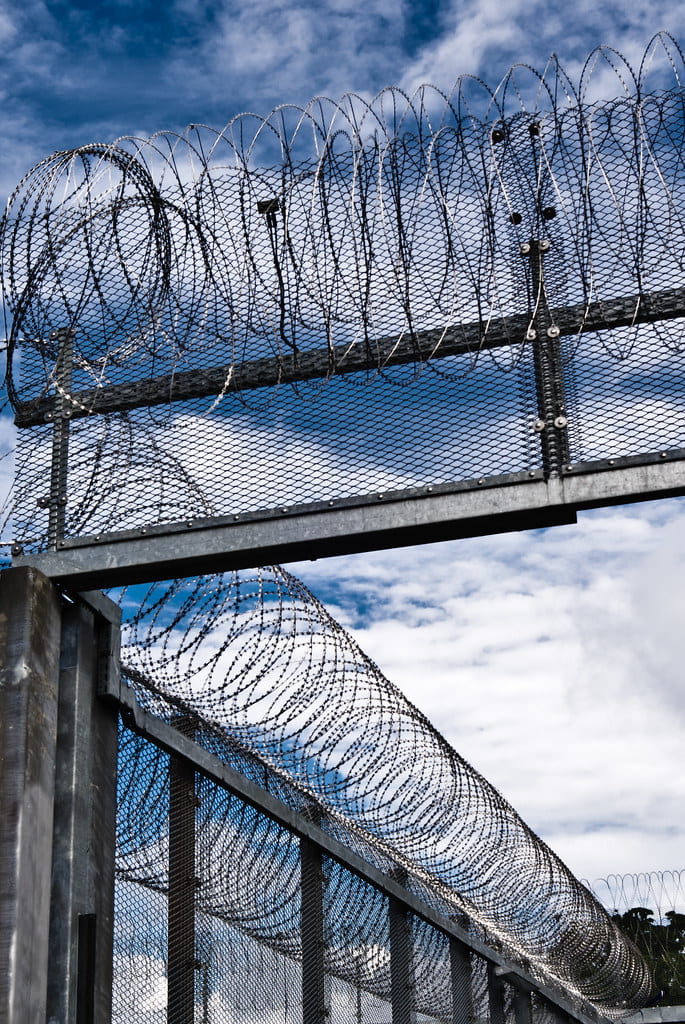
Freddie Gray was killed as he was being transported in a police vehicle because the police did not take appropriate safety measures. Gray’s encounter with the police undoubtedly involved racial biases held by the officers due to their perceptions of African American men. However, another aspect of Gray’s identity, which lead to him being disproportionately impacted long before his encounter with the police, played a role in his untimely demise at the hands of an unfair system. Gray had a developmental disability as a result of growing up in a house with lead paint, which meant he was unable to understand multi-step instructions. This, however, was not identified early enough for Gray to receive accommodations in school. Due to this lack of support, Gray had a difficult time in school, ultimately leading to suspensions and dropping out of high school. Since then, Gray came in contact with the criminal justice system multiple times. Gray’s story displays the complex, intersectional impact of various factors that lead to an individual being disadvantaged by our society, including race, socio-economic status, and disability. Moreover, it displays how lack of appropriate identification and accommodation for students with disabilities increases their likelihood of entering the school-to-prison pipeline.
My previous post investigated accessibility of the criminal justice system to people with disabilities. This article will focus on the factors that lead to individuals with disabilities being incarcerated at a disproportionate rate, with a special focus on individuals with intellectual and developmental disabilities. This disproportionately impacts children and individuals with developmental disabilities, both through the school-to-prison pipeline and through either exploiting or ignoring them in proceedings.
The School-to-Prison Pipeline for Individuals with Disabilities
It has been shown that dropping out of high school increases the likelihood of a child encountering the criminal justice system. This tendency is reflected in the prison and jail population as well. A paper by Respect Ability on disability and criminal justice reform reported that high school completion rates amongst incarcerated individuals is low – two-thirds of people in state prisons and seven out of ten people in jail have not completed high school. The literacy rates of incarcerated individuals also demonstrate the connection between education and incarceration. The National Assessment of Adult Literacy Survey, carried out by the U.S. Department of Education in 2003, reported that prison inmates had lower literacy rates than their counterparts that have not been incarcerated. While disparities found in the survey have decreased since the 1990’s, there were significant differences in literacy.
This relation between educational attainment and incarceration means that people with disabilities, who have a lower high school graduation rate than their peers who are not disabled, are at disproportionate risk of being incarcerated. While 84.6% of individuals without disability graduate high school in 2019, only 67.1% of students with disabilities graduate high school. The cause of this may be three-fold. Individuals with disabilities are not always provided accommodations to allow them flourish in the classroom. While 1 in 5 children differ in their learning abilities, with conditions like dyslexia or ADHD, only 1 in 16 children have IEPs, which are plans to provide accommodations and supplemental instruction. They also do not always receive a diagnosis that allows them to get accommodations in classes. This disproportionately impacts girls with developmental disabilities. For example, autism spectrum disorder is less likely to be identified in women than in men due to lack of knowledge about differences in presentation in males and females. This issue intersects with race as well – individuals in minority communities may find it particularly difficult to get a diagnosis. Moreover, people with disability are twice as likely to receive an out of school suspension as people without disabilities, and students who are suspended are more likely to drop out of school. Male African American and Latino students with disabilities have the highest suspension rates, once again showing how intersectionality leads to a more severe worsening of outcomes.

People with Intellectual and Developmental Disorders
People with intellectual and developmental disorders (IDD) are further disadvantaged in the criminal justice system due to multiple reasons, often leading to the person with the disability being ignored or coerced in proceedings. One of the foundational issues is that people with intellectual and developmental disorders are not appropriately identified. The determination of whether an individual has an IDD varies by state, with a judge making the decision in some states and a jury in others. One commonality, however, is that the evaluators chosen to assess the status of developmental or intellectual disability are often not qualified to do so. They lack a nuanced understanding of the conditions they are to assess – for example, they are not aware that people with IDD sometimes deny their disability. In the Hall v. Florida case, the supreme court made the important ruling that individuals cannot be diagnosed solely based on the results of an IQ test, but more needs to be done to ensure IDD is accurately identified. False stereotypes about the abilities of individuals with disabilities systematized through unqualified evaluators often means people with disabilities do not receive the full protections offered to them by the law.
However, an accurate determination alone is insufficient to guarantee that the rights of people with IDD are upheld in the criminal justice system. During the judicial proceedings, individuals with IDD may be coerced or left out completely, both of which are problematic. Individuals with IDD may be forced or manipulated into making false admissions of guilt, at times due to their desire to please the questioner. Individuals with IDD may also waive their rights, such as when the Miranda warnings are read out by police officers, without fully understanding their privileges because the information was not presented in a comprehensible manner. The inappropriate assessment discussed in the previous paragraph also applies to deeming individuals with IDD competent to stand trial when they do not have an understanding of the proceedings. This offers further opportunities for individuals with IDD to be exploited. On the other hand, individuals with disabilities are left out of proceedings when they are capable of participating and when their testimonial is crucial. The silencing of competent individuals with disabilities is particularly detrimental when they are the victims of crime, who are seeking justice.
People with IDD are denied opportunities for redress due to stereotyped views of their disability, leading to higher likelihood of incarceration. They are also denied opportunities to correct the behaviors that lead to incarceration because they are not allowed alternatives to incarceration, such as rehabilitation. Once incarcerated, individuals with IDD cannot make use of the same opportunities to reduce their sentencing, as the process for doing so is not communicated in an understandable way. The American Association on Intellectual and Developmental Disabilities advocates for the full participation of individuals with IDD in proceedings, as well as the provision of accommodations that allows them to do so. They also recommend that an advocate specialized in disability be present at all times, in addition to the person’s lawyer, to bring a better understanding of the condition to the proceedings and ensure that the rights of the individual with IDD are upheld.
Fortunately, advocates are working to secure the rights of people with disabilities and ensure fair treatment in the judicial system. The Alabama Disability Advocates Program is one of 57 federally mandates protection and advocacy (P&A) programs which provide legal services and representation for people with disabilities. However, systemic efforts need to be taken to correct currently existing, crucial shortcomings like inadequate methods of identifying disability in courtrooms and schools. Accurate identification of disability and provision of accommodations is crucial in a society where schools are not doing enough to set all students up for success and the criminal justice system does not enforce the protections that people with IDD are entitled to. As mentioned in my previous article on the criminal justice system, it is possible, and necessary, for all of us to create change in this space by contacting local legislators and making our priorities as constituents clear to those who represent us.
